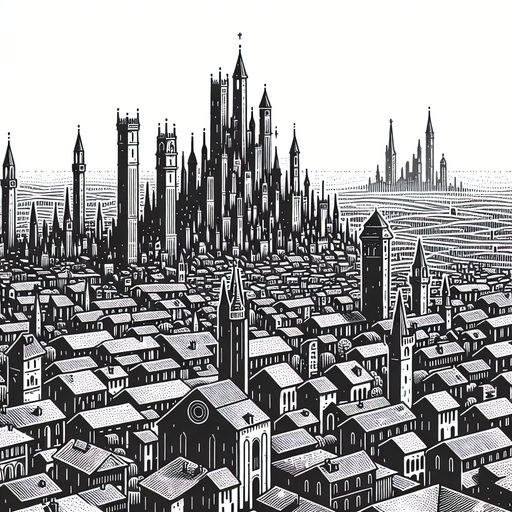Kiryas Joel
Kickstarting a New City
We typically think of cities as having always existed because most of the cities we know have been around for the longest time. But new cities are being built all the time, and one of the most impressive recently built cities is Kiryas Joel in New York State, United States. In the first four decades since its inception in 1977, the city grew to close to 40 thousand inhabitants, an incredible achievement, having started with 0.
The city was established in the late 20th century as a haven for members of the Satmar Hasidic Jewish sect, fleeing the increasing costs of the Williamsburgh neighborhood of New York City. Named after Rabbi Joel Teitelbaum, the spiritual leader who guided his followers to this new land, Kiryas Joel was built from the ground up with a clear purpose: to preserve their way of life amidst the changing landscape of American society.
Unlike other cities that grew organically through trade, industry, or geographical advantage, Kiryas Joel's growth was driven by the community's religious and cultural imperatives. Its population exploded, doubling approximately every decade, thanks to the community's high birth rate and the migration of Satmar Hasidic Jews from other parts of the United States and the world. Kiryas Joel's insularity and governance, guided by religious principles, have created the peculiarity of being simultaneously one of the poorest cities in the United States while having virtually no crime rate.
Kiryas Joel's story is more than just the rise of a city; it's about the power of community, the importance of faith, and the challenges of adapting to a changing world while holding on to one's identity. It invites us to consider how other communities around the world navigate the balance between growth, tradition, and integration into the broader society.
Craving more? Check out the source behind this Brain Snack!


